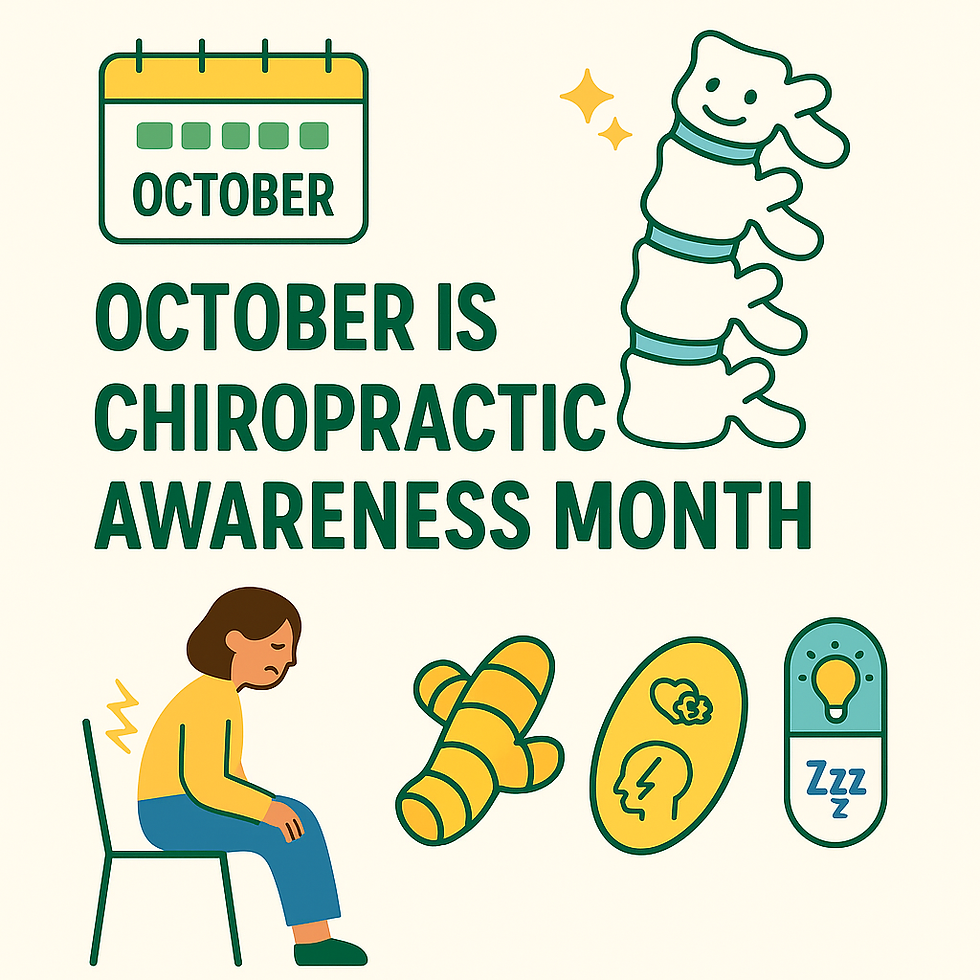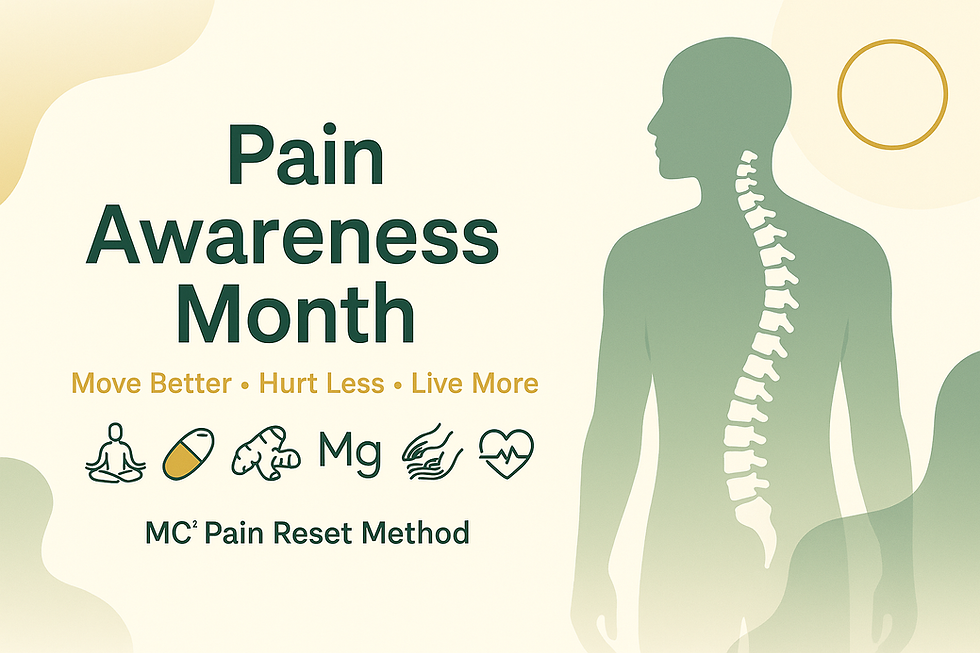Lateral knee pain running? Find out if it's a popliteus muscle injury!
- Aug 24, 2022
- 3 min read
Updated: Aug 30, 2023
**Transcript**
Hey, Dr. McNamara here. And I want to talk about a knee injury that is common overuse injury in runners. It can also occur from any bent leg type of trauma affecting the lower leg or the upper leg. The muscle involved in this injury is known as the popliteus muscle.
First thing first you want to rule out other type of pathologies when treating the popliteus make sure it's not meniscus, make sure there's no damage to any structure within the actual knee capsule, as well as making ruling out IT band syndrome as well. Cuz that can cause some of that lateral type of knee pain as well. But for the popliteus, the primary location of the pain is the posterior lateral side of the knee in which it attaches.
And the action of the public is to internally rotate the tibia on the fib, on the femur. So then we can bend the knee cuz when we straighten the knee, it locks. This muscle unlocks it so we can bend it. Okay. So the first thing you wanna do, if this muscle is irritated, we're having some popliteus is tendinopathy.
You want to take something like a tennis ball, lacrosse ball, something hard, and kind of massage that muscle, which lives right into that knee pit, and just kind of mobilize it like that. Do some internal, external rotations, and this will help release that popliteus muscle once you get some good mobilization from a ball we wanna stretch the popliteus muscle and the way we're gonna do that is we're going to grip the ball of our foot. And then we're going to slowly extend it out, just like that. And now I'm feeling the stretch right back here in the pit of my knee, where that popliteus is muscle lives.
After we have released the popliteus muscle and we stretched it out, we then want to work on the anterior portion of the knee. And that is that quadricep muscle. So, we wanna stretch that and then we'll work on some terminal, knee extensions, just to make sure we have that full range of motion of that knee joint.
I'll show you how to stretch the quadricep muscle with my left leg. What you want to do is you wanna find a wall and then you want to take a knee against the wall, stay in a forward flexed position. while we're getting into this position in order to not strain anything in the quadricep. And then when you have your foot plantar flexed, top of the foot against the wall, knee on the ground, you then wanna work on extending the torso until you feel a nice stretch in that front of the leg.
I'm feeling a really good stretch in the quadriceps muscle right now. So I'm gonna keep it here. If I wanted to make this stretch more intense, I would move my knee closer to the wall.
As I mentioned earlier, the popliteus muscle is responsible for unlocking that knee so we can then bend it. So what we need to work on is ensuring that we have what's called terminal knee extension in order to rehab this muscle properly so that this injury doesn't occur again. And when normal, no terminal knee extension looks like is when your leg is flat against the ground, you can contract the quad muscle and you can see my heel coming up, like.
If you lost this ability to lift your heel up by flexing your quad, while your legs against the ground, that's indicative that you need to start doing this type of exercise. Otherwise we may start experiencing symptoms of knee pain. So to regain that terminal knee extension, what we want to do is you want to kind of internally rotate an internal rotational force on the tibia.
I'm kind of pushing it in a little bit. okay. Then when I contract my quadriceps muscle, I'm gonna push downward in order to initiate and mobilize that terminal in the extension. So I'm turning it in. And then when I contract, I'm gonna push that foot off and push down with my hand. Make sure you got a good grip and that will ensure that you have the proper length, tension relationship in that knee joint.
So if you're having lateral knee pain especially in the posterior lateral, you're having any type of pain going up and down stairs up and down Hills, make sure to get your knee checked out by a certified professional and see if it is that popliteus and if it is these exercises will help you recover from that injury.
Thank you.





Comments